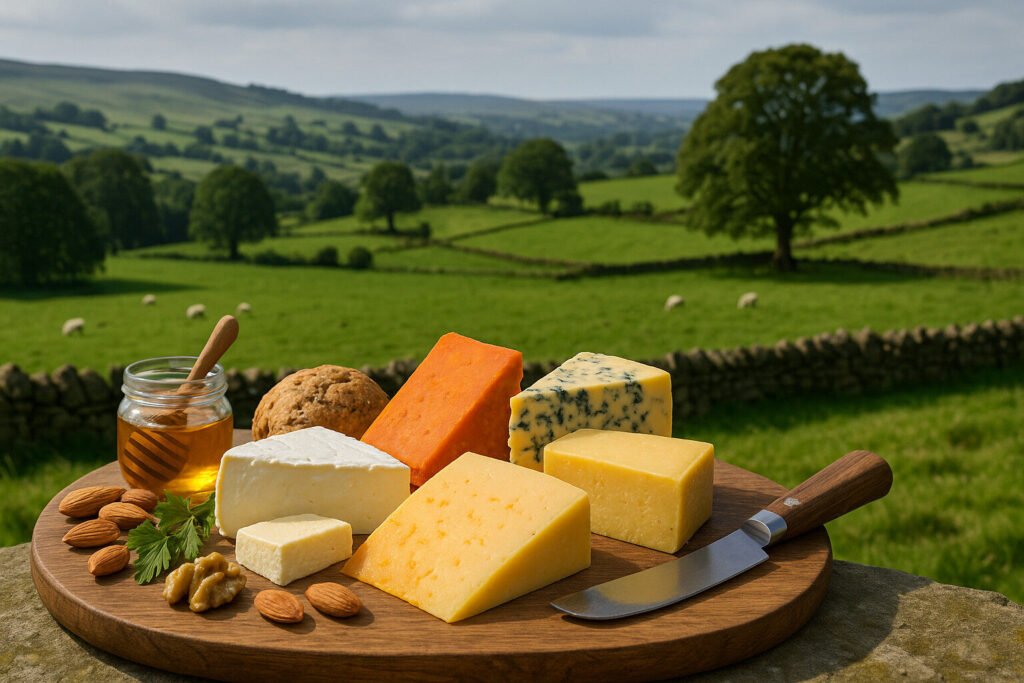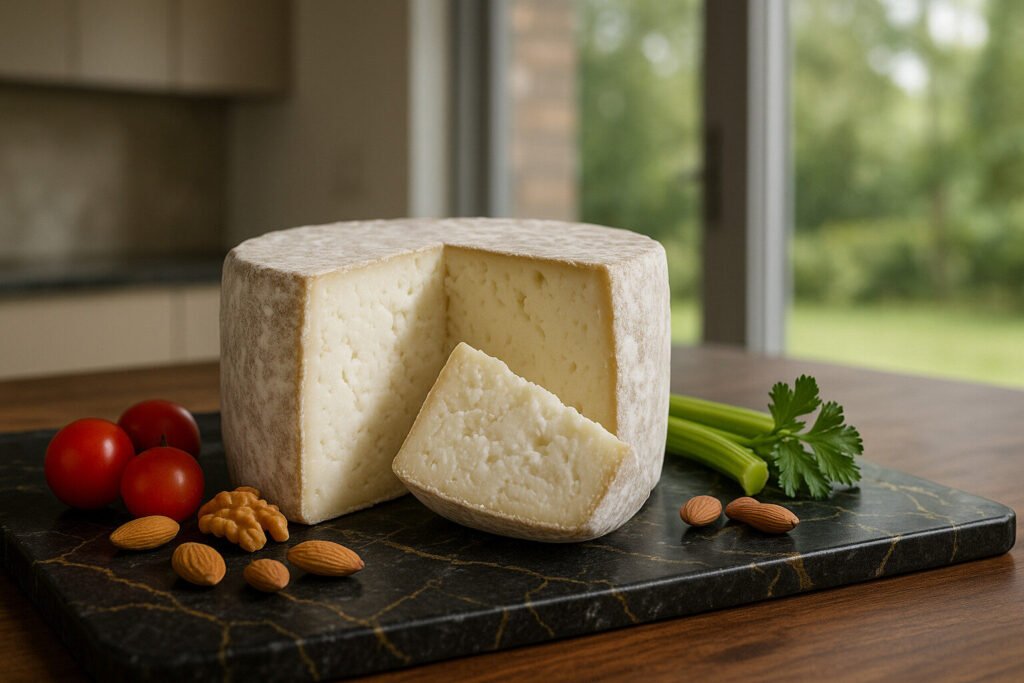Cheese Of Wales
Definition and Scope
Cheese of Wales refers to dairy products manufactured within the geographical boundaries of Wales. These cheeses must be produced using milk sourced from Welsh farms to qualify for protected designation of origin status. The category encompasses both traditional farmhouse varieties and modern creamery creations.
Welsh cheesemaking maintains distinct characteristics despite sharing some techniques with broader British traditions. Protected names like Caerphilly and Traditional Welsh Caerphilly guarantee specific production methods and regional authenticity. This designation helps preserve unique local dairy heritage against imitation.
Production Methods
Traditional Welsh cheeses typically use raw or pasteurized cow’s milk, though some varieties incorporate sheep or goat milk. The production follows artisanal methods passed through generations of Welsh dairy farmers. Many producers maintain small-scale operations to ensure quality control.
Key processes include curd cutting, pressing, and aging in controlled environments. The humid Welsh climate influences affinage, particularly for washed-rind varieties. Modern producers balance these traditional techniques with contemporary food safety standards.
Sensory Profile
Welsh cheeses display remarkable diversity in texture from crumbly to semi-soft. Flavors range from the mild, lactic notes of fresh cheeses to robust, earthy tones in aged varieties. Many exhibit characteristic tanginess derived from local bacterial cultures.
Color variations reflect milk type and aging conditions, from snowy white to deep golden hues. Washed-rind examples develop pungent aromas while maintaining balanced flavor profiles. The terroir contributes mineral notes in mountain-produced cheeses.
Culinary Applications
Welsh cheeses serve both as table cheeses and cooking ingredients. Traditional Welsh rarebit relies specifically on mature, well-melting varieties like Caerphilly. Their structural properties make them ideal for grating over dishes or incorporating into sauces.
Contemporary chefs pair Welsh cheeses with local beers and ciders for tasting plates. The acidity in many varieties cuts through rich dishes like lamb stews. Artisanal producers now develop custom blends for specific culinary applications.
Regional Examples
Caerphilly remains the most internationally recognized Welsh cheese, originally developed for coal miners. This fresh, crumbly cheese features a mild saltiness and slight acidity. Its production has spread beyond its namesake town while maintaining traditional characteristics.
Other notable examples include Perl Wen, a soft white mold cheese, and Perl Las, a blue-veined variety. Snowdonia Cheese Company produces award-winning cheddar-style cheeses with Welsh identity. These represent the innovation within the category while honoring regional traditions.


